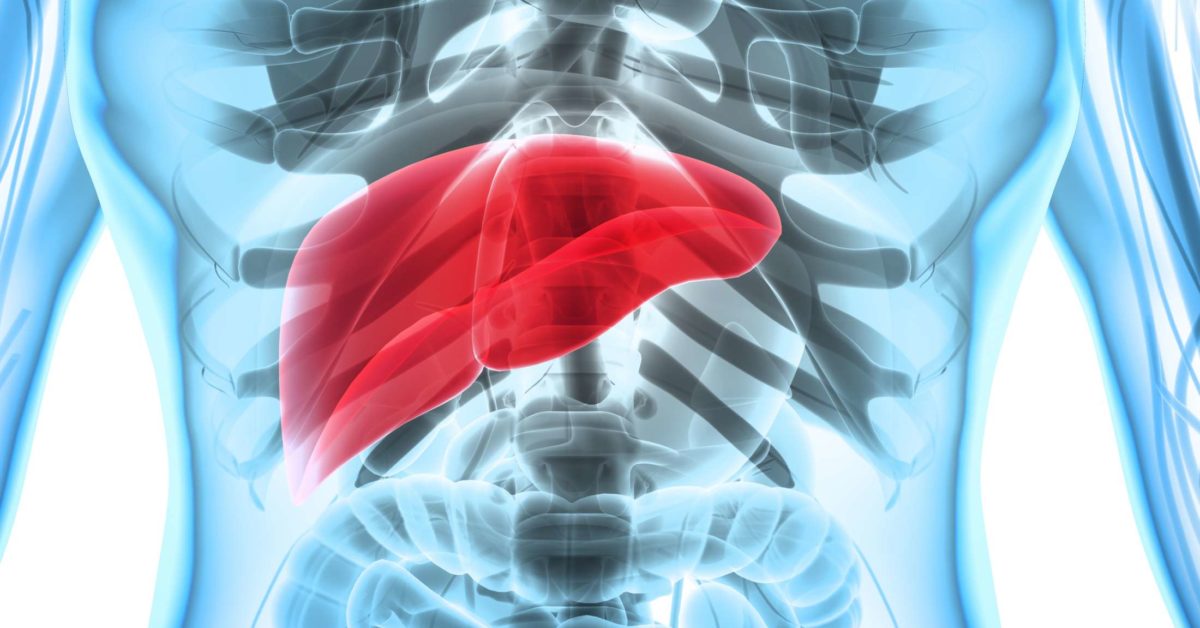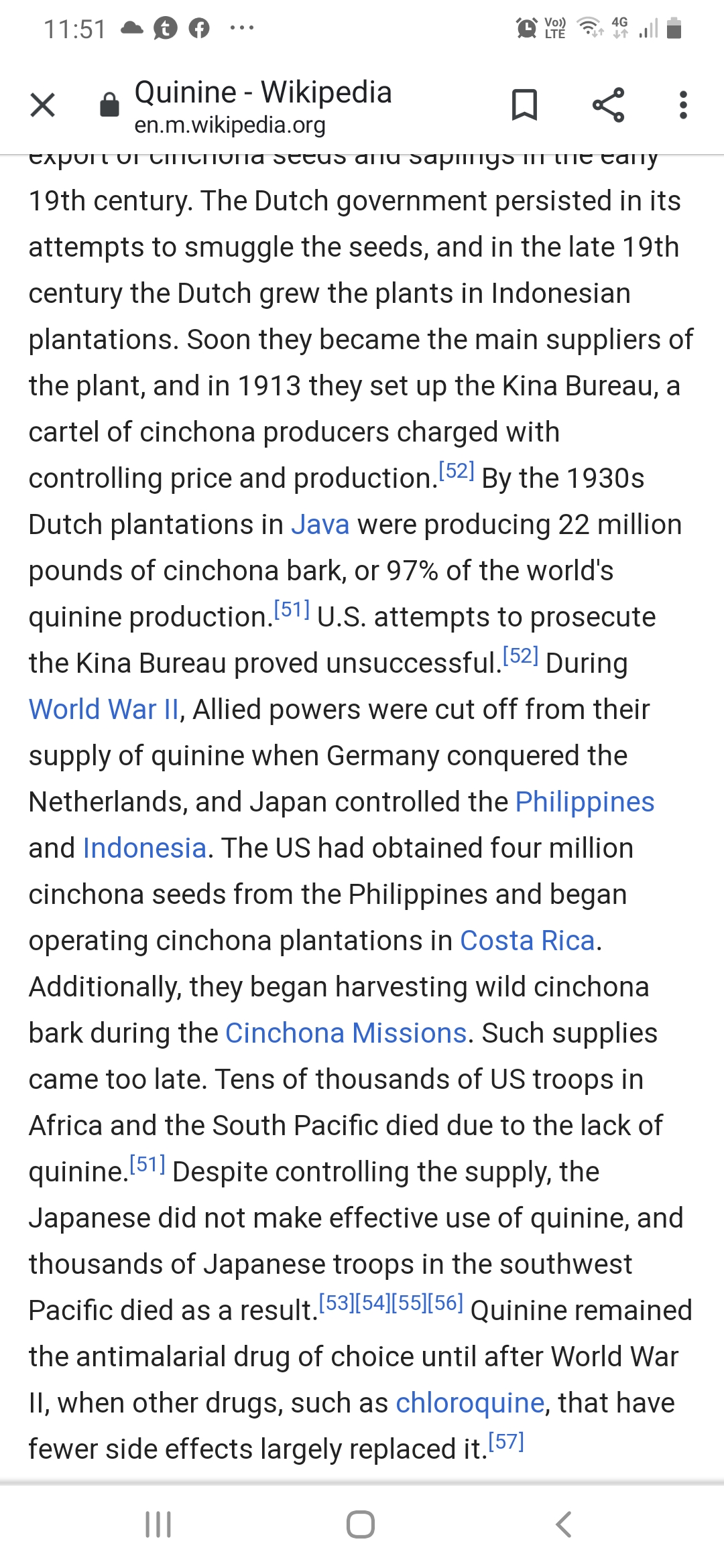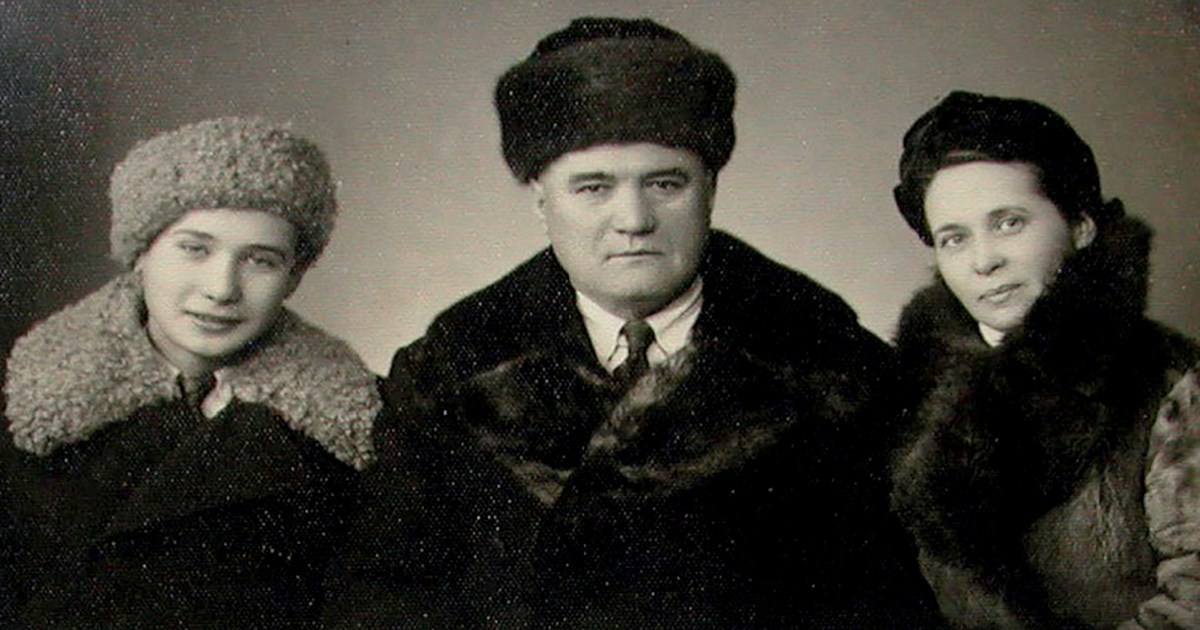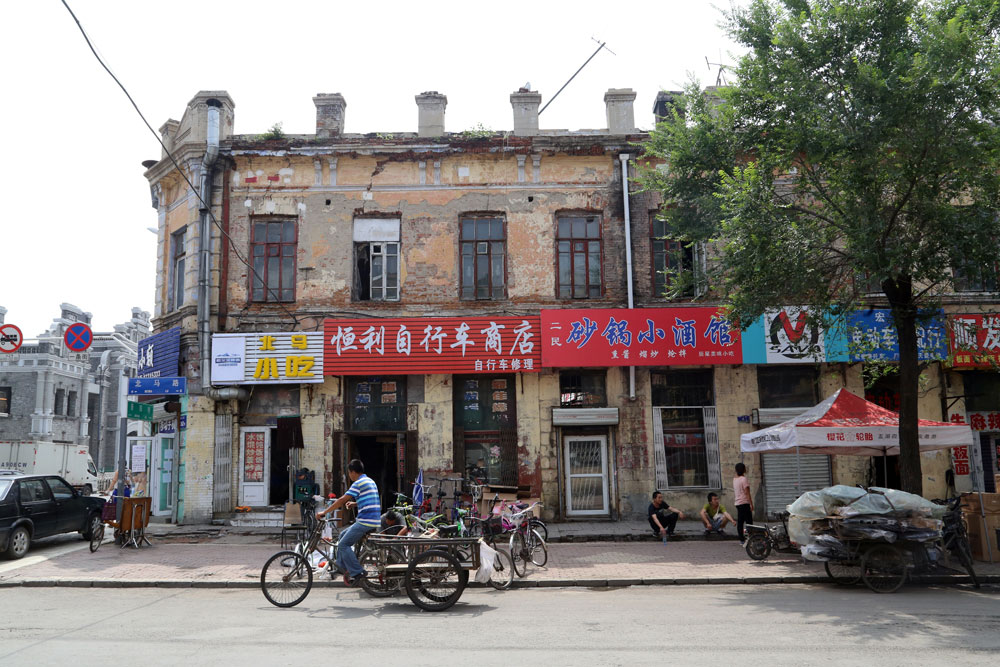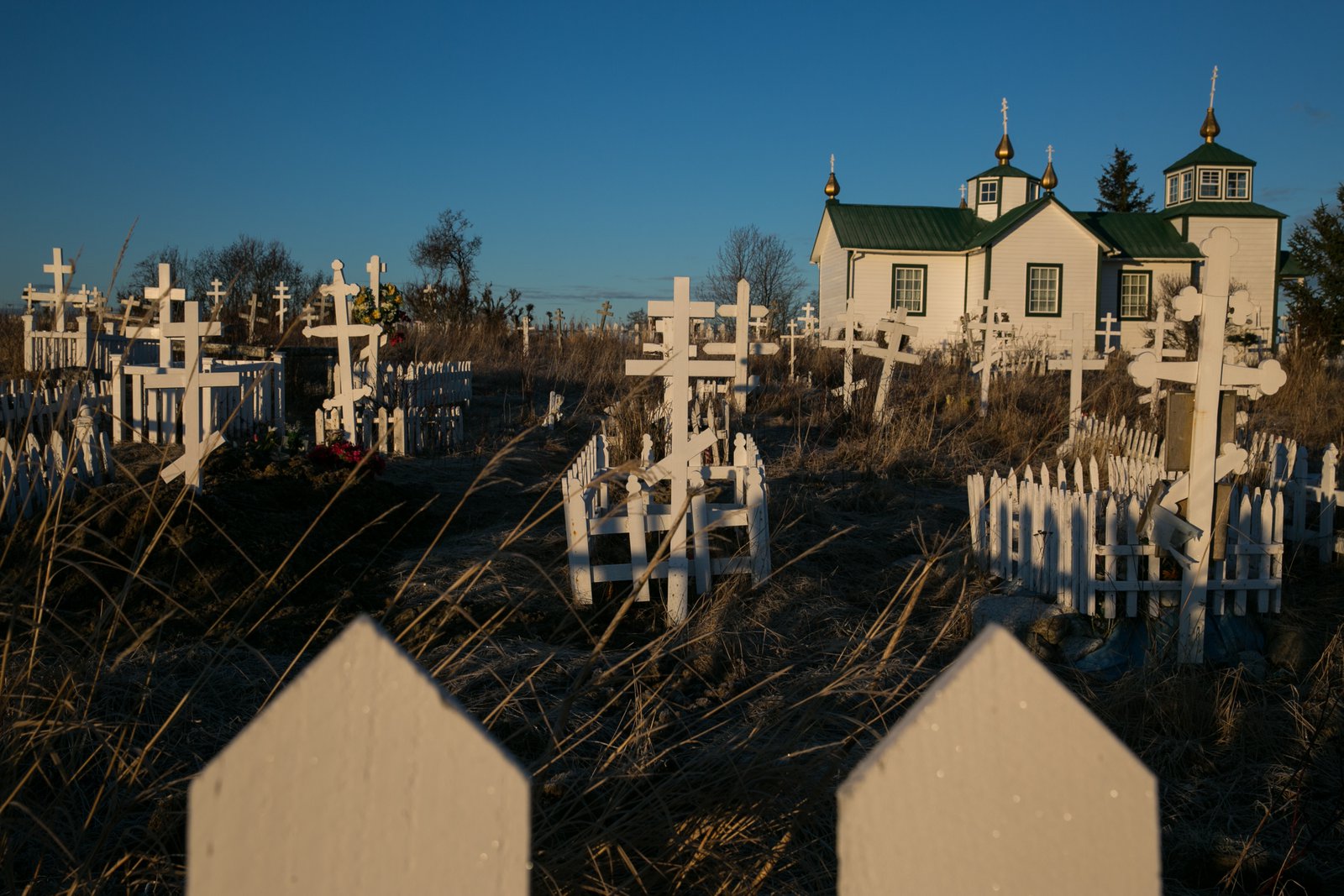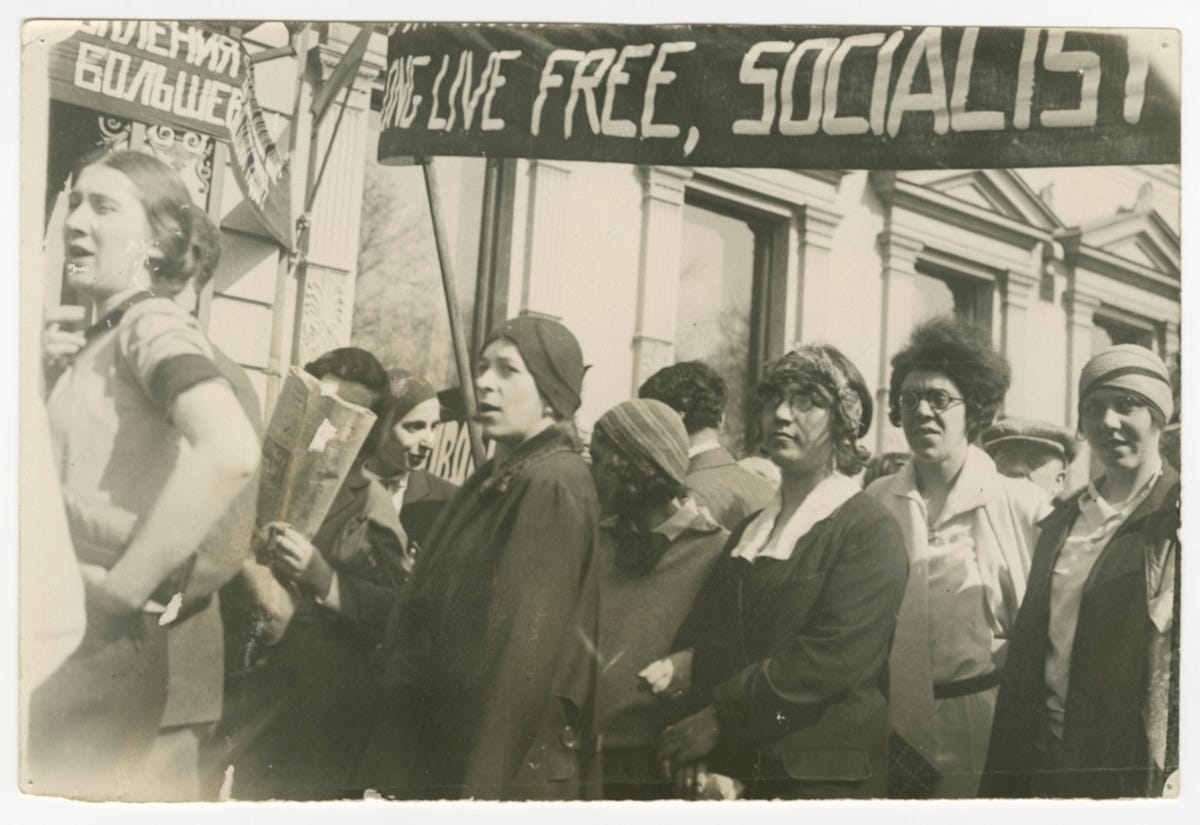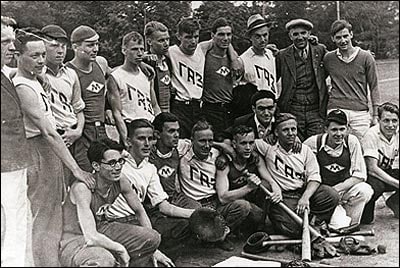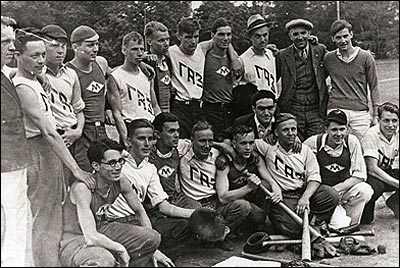Gordon1552
Senior List
- Oct 7, 2019
- 207
- 199
- AFL Club
- Brisbane Lions
Actually I don't think it was a second inquest, it was an adjourned inquest with the findings not released until the 1958 session. The death certificate could not have been written until the findings were published. I think you are right about the Police wanting to keep an interest, after all how many run of the mill sudden deaths had 3 maybe 4 detectives assigned to them in the first weeks of the event? In my day in the job, sudden death was mostly dealt with by uniforms unless there was something immediately suspicious. A sudden death in a public place would have meant that SOCO would have visited and taken photographs of the scene whilst the body was still there but that was in the 60s in the UK and not here. We had a Coroner's officer who took on the management of the process. Hope that makes senseWhat's the point of holding a second inquest to issue a death certificate?
I think it's a technical issue which was to enable South Australian Police to either close the case or keep it open.
Time may of run out, without a certificate to formalise a reason for Police to keep the case open indefinitely.
Keeping the case open keeps Police in control of the investigation, the collected evidence and any new evidence that comes to light, as seen recently when Mr Abbott collected some hairs for a new DNA test.
Maybe that's the point of the second inquest?
Sent from my SM-A305YN using Tapatalk









